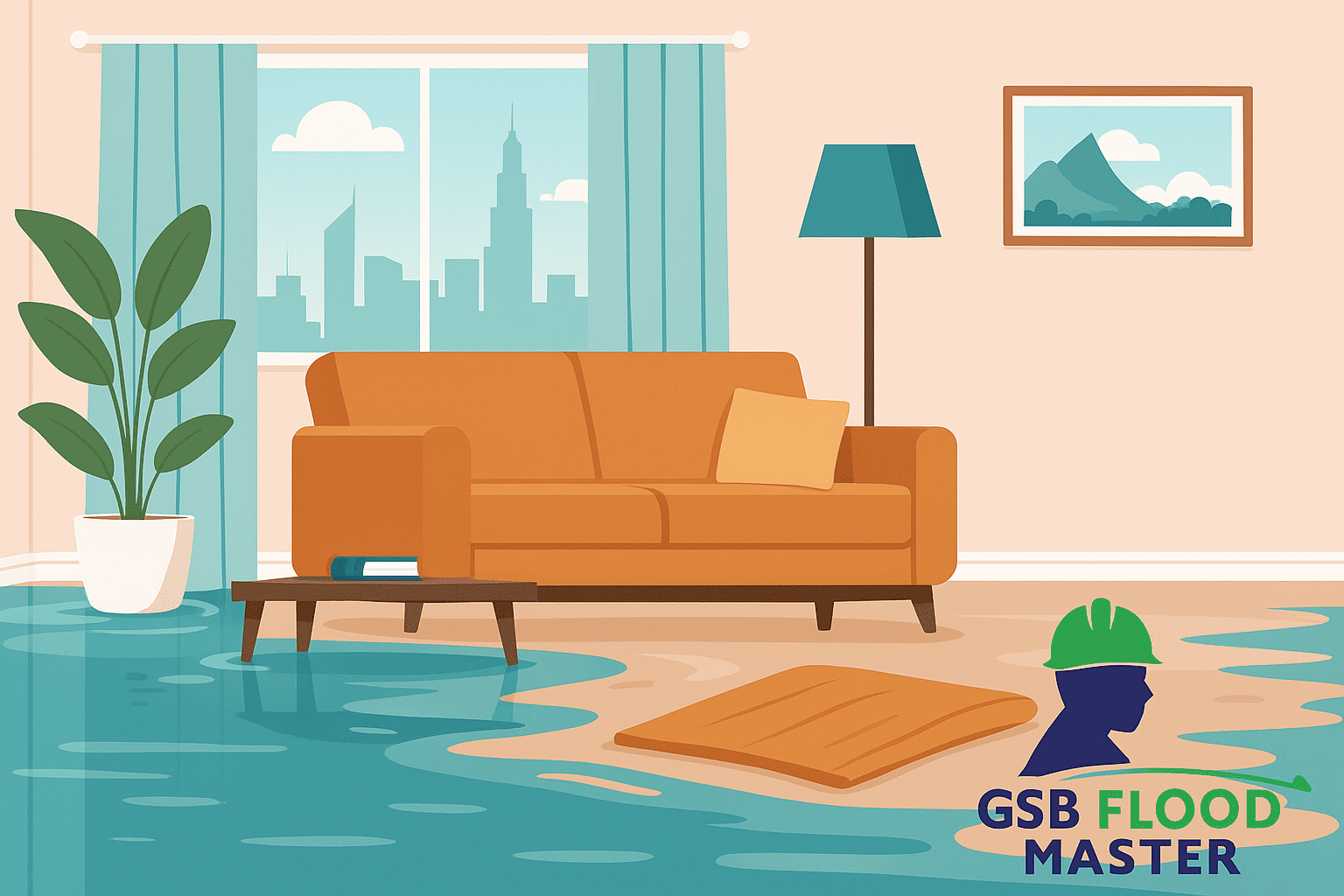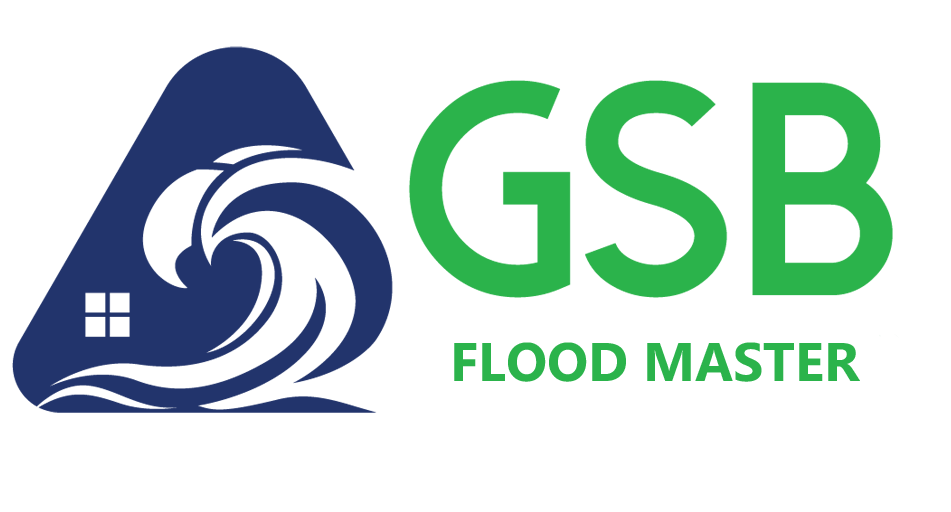
The first few hours after a flood are the most crucial not only because of the immediate damage, but also due to the health hazards that follow. What you do next can ultimately decide the fate of your home. This is where understanding water damage restoration Perth becomes vital for homeowners.
In Perth, the aftermath of flooding has historically led to severe structural damage, drain overflows contaminated with household waste, and a rapid rise in mold growth.
In such conditions, homeowners often end up needing to deal with the aftermath of rising water levels.
Certified restoration teams offering water damage services use industrial-grade equipment to extract water, dry out affected areas, and sanitize your space — reducing long-term risks to your health and property.
To fully understand why immediate action matters, it helps to first look at the types of water damage most common in Perth homes and businesses.

Structural issues:
One of the most common issues found in Perth homes after a flood is structural damage. This often shows up as:
➤ Cracks in the walls
➤ Cracks in ceilings
➤ Cracks in the foundation
These cracks usually appear because of the water pressure that builds up as flood water soaks through the flooring and seeps into the structure of the house.
If not addressed quickly, the damage can spread:
✦ The floor may start to bend or lift
✦ The ceiling can begin to hang down
✦ Some parts of the house might not be safe to live in
If water stays inside the walls for too long, it can also weaken the main parts of the building that hold everything up. This makes the house more likely to have problems in the future — especially when it rains heavily again.
Burst Pipe Emergencies:
As the name suggests, burst pipes often cause nightmares inside the house by:
➲ Leading to indoor flooding
➲ Allowing water to spread quickly throughout the home
A single burst pipe can:
✔ Flood entire sections of a house
✔ Soak carpets and furniture
✔ Damage wooden structures and electrical fittings
If the water isn’t removed quickly, it can lead to:
✘ Mold growth
✘ Unpleasant smells
✘ Serious structural problems
Appliance Failures:
A major issue that can occur during a flood is appliance failure. Washing machines, dishwashers, and water heaters can be affected and may pose significant risks at home due to:
⚠ Short circuits
That’s why, after a flood, it’s important to:
☑ Not only dry out the area
☑ But also have all major appliances checked by professionals before turning them back on
Storm and Weather Damage:
The leading cause of floods in Perth is severe storms and heavy rainfall, which often damage the outer structure of homes.
In Perth suburbs:
➟ Poor drainage systems
➟ Overwhelmed stormwater drains
Immediate Steps to Take After a Flood in Perth Homes
When a flood strikes, every minute counts. Your immediate response can minimize damage and protect your property.
1. Secure the Area: Before doing anything else, ensure the area is safe. Turn off the power to the affected rooms and, if the flooding is severe, consider shutting off your main power supply. Avoid entering rooms with standing water or visible electrical hazards.
2. Document Everything: Take photos and videos of the damage as soon as you can. This is critical for your insurance claim. Document the water’s source, the extent of the flooding, and all affected items and furniture.
3. Stop the Water Flow: If the damage is due to a burst pipe or an appliance, try to find the main water shut-off valve to prevent more water from entering your home.
4. Know Your Water Contamination Level: Water isn’t just water—some types are clean, while others can be dangerous.
- Category 1 (Clean Water): From sources like burst pipes or a water tank.
- Category 2 (Grey Water): From dishwashers, washing machines, or toilets without solid waste. May contain chemicals or microbes.
- Category 3 (Black Water): Highly hazardous, from sources like sewage backups or major outdoor flooding.
Why Professional Expertise is Crucial
Floods are unpredictable and can cause serious damage within minutes. In Perth’s flood-prone suburbs, flash floods and sudden storms can strike without warning, overwhelming homes and streets.
That’s why it’s essential to be prepared to take immediate action when disaster hits.
At GSB Flood Master, our water damage restoration Perth team offers 24/7 emergency services across Perth with a quick response time, ensuring that help is just a call away when you need it most.
Our trained professionals act fast to minimize damage, protect your property, and begin the restoration process without delay
When to Call Emergency Services?
Call for emergency services the moment floodwater starts entering your locality — don’t wait for it to reach your home. Quick action can prevent mold buildup, structural damage, and even health risks from black water exposure.
Delaying just a few hours can lead to soaked insulation, warped floorboards, and serious repair costs. The sooner our emergency response team arrives, the sooner we can contain the damage and begin the restoration process.
Need Urgent Help with Water Damage at Your Home?
When it comes to protecting your property from long-term moisture damage, trusting a restoration specialist is essential. At GSB Flood Master, we combine years of experience, expert knowledge, and advanced technology to deliver restoration work that meets the highest industry standards.
Don’t risk the health of your family or the safety of your property. Our flood and water cleanup Perth team is available 24/7 to provide a quick response and expert solutions.
By choosing GSB, you benefit from:
- Professional Tools and Safety: Our restoration specialists use the latest tools for water extraction, structural drying, and sanitization — all while adhering to strict safety protocols.
- Time and Cost Efficiency: With our fast and targeted response, we help reduce the extent of damage, which often results in lower repair costs and faster recovery.
- Long-Term Damage Prevention: Hidden moisture can cause mould, decay, and weakening of structural materials. We detect and resolve such issues early to protect your property for the long run.
- Peace of Mind: Water-related disasters can be overwhelming. That’s why we offer 24/7 emergency services with a calm, skilled team that handles everything from start to finish.
With GSB Flood Master, you’re not just getting a service — you’re gaining a trusted water damage specialist who ensures your property is restored quickly, safely, and thoroughly. Reach out to us for dependable solutions in Perth.
Frequently Asked Questions
1. How quickly should I call for emergency services?
Immediate action is critical. The sooner you call, the better chance we have of minimizing further damage. Water can start seeping into walls, floors, and foundations within minutes, leading to serious structural issues or mold growth.
Our emergency services team is available 24/7, so don’t wait — even a short delay can lead to long-term consequences.
2. What does the restoration process involve?
The full restoration process starts with an emergency inspection, followed by water extraction, drying, cleaning, and sanitization. We assess the damage, remove any standing water, use advanced drying equipment to eliminate moisture, and then clean and disinfect the space to prevent health risks.
3. How long does water damage restoration take?
This depends on the extent of the damage Small jobs can take a day or two, but severe cases may take up to a week.
The drying process typically takes 48–72 hours, but we monitor the moisture levels with specialist tools to ensure nothing is missed. We always aim for a thorough but efficient turnaround.
4. Do you work with insurance companies?
Yes, we do. We know dealing with insurance claims can be stressful, so we assist with all documentation and provide detailed reports that insurance providers require.
5. What equipment do you use?
We use a wide range of specialized equipment designed specifically for water damage restoration. This includes high-powered extractors, industrial-strength dehumidifiers, air movers, and moisture detection tools.
Our drying equipment helps us reach deep-seated moisture that may not be visible but can still cause problems if left untreated.
6. Can you prevent mold growth?
Yes. Preventing mold is a key part of what we do. After water removal, we use targeted mold remediation techniques to treat and sanitize the affected areas.
We also monitor moisture levels to ensure your property is fully dry. This prevents mould spores from growing and protects your family or staff from potential health risks.
References:
